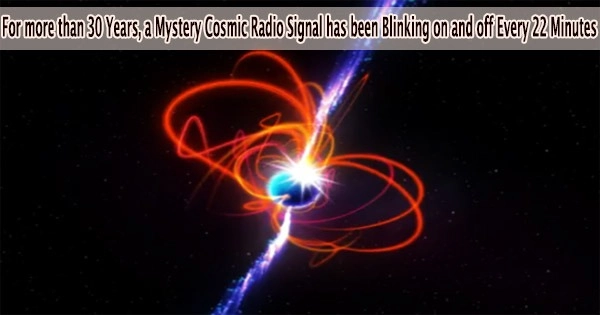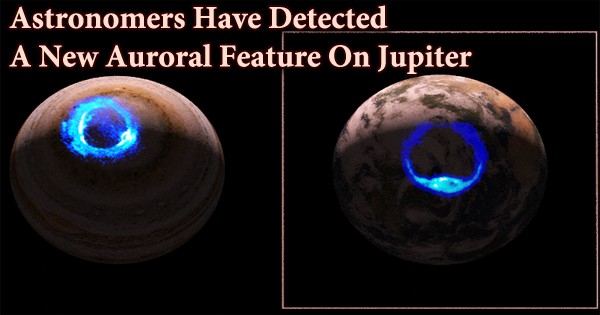We discovered a fascinating finding last year a radio signal in space that alternated between on and off every 18 minutes.
While recurring radio signals are expected, they often blink on and off much more quickly. Pulsars, revolving neutron stars that generate intense beams like lighthouses and cause them to blink on and off as they rotate towards and away from the Earth, are the source of the majority of repetitive signals.
Older pulsars slow down and produce fainter pulses until eventually they stop emitting radio waves altogether. The best explanation for our extraordinarily slow pulsar is that it is a magnetar, a type of pulsar with extremely intricate and potent magnetic fields that can continue to produce radio waves for months at a time.
Sadly, we found the source using information from 2018. It was 2020 when we finished our analysis and found what we believed to be a magnetar, but by then it had stopped emitting radio waves. Without additional data, we were unable to test our magnetar theory.
Nothing new under the sun
Because of the size of our cosmos, no new phenomenon we have so far identified is singular. We were certain that we would locate another long-period radio source if we searched again with well planned observations.
So, we used the Murchison Widefield Array radio telescope in Western Australia to scan our Milky Way galaxy every three nights for several months.
We didn’t need to wait long. Almost as soon as we started looking, we found a new source, in a different part of the sky, this time repeating every 22 minutes.
At last, the moment we had been waiting for. We made as many observations as we could using every telescope we could find, using radio, X-ray, and optical light, figuring that it wouldn’t be active for long. The pulses lasted five minutes each, with gaps of 17 minutes between. Our object looked a lot like a pulsar, but spinning 1,000 times slower.
Hiding in plain sight
The real surprise came when we searched the oldest radio observations of this part of the sky. The longest-running data archive is located at the Very Large Array in New Mexico, USA. In data from every year we examined, we discovered pulses from the source in an observation made in 1988.
We were able to precisely time the pulses thanks to our three decades of observations. Every 1,318.1957 seconds, give or take 0.010 seconds, the source is reliably producing them.
According to our current theories, for the source to be producing radio waves, it should be slowing down. But according to the observations, it is not.
In our publication in Nature, we demonstrate that the source is “below the death line,” or the theoretical boundary of neutron stars’ ability to produce radio waves. This conclusion holds true even for highly sophisticated magnetic field models. Furthermore, the radio emission from the source should only be observable for a short period of time, not 33 years and counting, if the source is a magnetar.
So when we tried to solve one problem, we accidentally created another. What are these mysterious repeating radio sources?
What about ET?
Of course, it’s very tempting at this point to reach to extraterrestrial intelligence as an option. The same thing happened when pulsars were discovered: astrophysicist Jocelyn Bell Burnell and her colleagues, who found the first pulsar, nicknamed it “LGM 1,” for “Little Green Men 1.”
However, as soon as Bell and her team made more discoveries, they realized it could not be aliens. To have so many comparable signals coming from so many different locations in the sky would be extremely unusual.
The pulses, like those from our source, had no information and were merely “noise” across all frequencies. Additionally, a neutron star is needed to generate a signal at all frequencies due to the staggering energy needs.
While it’s tempting to try to explain a new phenomenon this way, it’s a bit of a cop out. It doesn’t encourage us to keep thinking, observing and testing new ideas. I call it the “aliens of the gaps” approach.
Fortunately, this source is still active, so anyone in the world can observe it. We might be able to answer this new cosmic puzzle with imaginative follow-up observations and additional investigation.
















